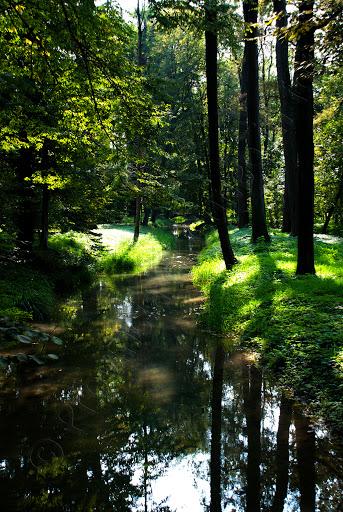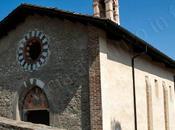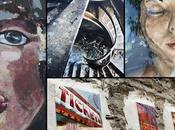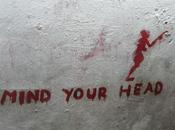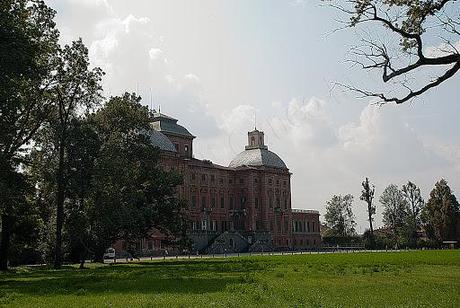
Tra i tesori che cela il Castello di Racconigi c'è anche il suo Reale Parco il cui scenario si apre alla vista dall'ala nord del palazzo.
Il Parco del Castello di Racconigi copre un'area pianeggiante di circa 180 ettari.
Questa impressionante e suggestiva zona verde subì nel corso dei secoli diversi rimaneggiamenti atti a rispecchiare gli stili di moda che si susseguirono nel tempo. Fu così che il semplice parco, alla fine del Seicento venne organizzato da André Le Nôtre, noto per essersi occupato dei giardini di Versailles, in uno spazio geometrico e regolare in cui si alternavano laghetti, fontane prati e boschetti.
Più tardi la principessa Giuseppina di Lorena ne fece trasformare la parte centrale in giardino "all'inglese", più volutamente selvaggio, con sentieri nascosti e grandi alberi frondosi.
Al suo interno fece posizionare, secondo il gusto del tempo, architetture che si rifacevano alle civiltà antiche e a luoghi esotici.
Comparvero così tempietti, finte rovine romane, laghetti con isolette, grotte ed anche una moschea con minareto.
Quando il re Carlo Alberto all'inizio del 1800 commissionò alcune modifiche al palazzo reale, anche il parco venne rimaneggiato.
L'artefice del progetto fu il giardiniere tedesco Xavier Kurten che smantellò definitivamente il giardino alla francese creando il "percorso romantico" che possiamo ammirare tutt'ora caratterizzato da viali alberati, grandi prati, canali collegati al grande lago centrale, ma anche boschetti di alberi autoctoni ed esotici, sinuosi sentieri, romantici ponticelli.
La seconda metà dell'800 ed il '900 vedono il Parco del Castello di Racconigi soprattutto come tenuta agricola e riserva di caccia. Cessa così di essere importante come giardino e viene trascurato.
Restaurato in seguito all'apertura al pubblico del Castello è ora un luogo piacevole dove concedersi una passeggiata, il modo migliore per concludere la propria visita a questa magnifica Residenza Sabauda.
Among the treasures that conceals the Castle of Racconigi there is also his Royal Park whose scenery opens up to the view from the north wing of the palace.
The Park of Racconigi Castle covers a flat area of about 180 hectares.
This impressive and picturesque green area suffered over the centuries of several changes designed to reflect the styles of fashion that followed over the time. So it was that simple park at the end of the seventeenth century was organized by André Le Nôtre , known for having arranged the gardens of Versailles , in a geometrical and regular space where ponds, fountains and meadows alternated to woodland.
Later Princess Josephine of Lorena, made making the central part in a "English garden", more deliberately wild, with hidden paths and large leafy trees.
Inside wew placed , according to the taste of the time, architectures reminiscent of ancient civilizations and exotic places.
So appeared small temples, fake Roman ruins, lakes with islands, caves and also a mosque with minaret.
When King Carlo Alberto in the early 1800s commissioned some changes to the royal palace, the park was also remodeled.
The creator of the project was the German gardener Xavier Kurten that dismantled definitely the "French garden" creating the " romantic trail" that we can still admire, characterized by tree-lined streets, large meadows, canals connected to the great central lake, but also groves of native and exotic trees, winding paths , romantic bridges.
The second half of the '800 and '900 see the Park of Racconigi Castle especially as a farm and hunting reserve. It finished to be important as a garden and is neglected.
Restored after the opening to the public of the castle is now a pleasant place to take a stroll, the best way to end the visit to this magnificent Savoy Residence.
